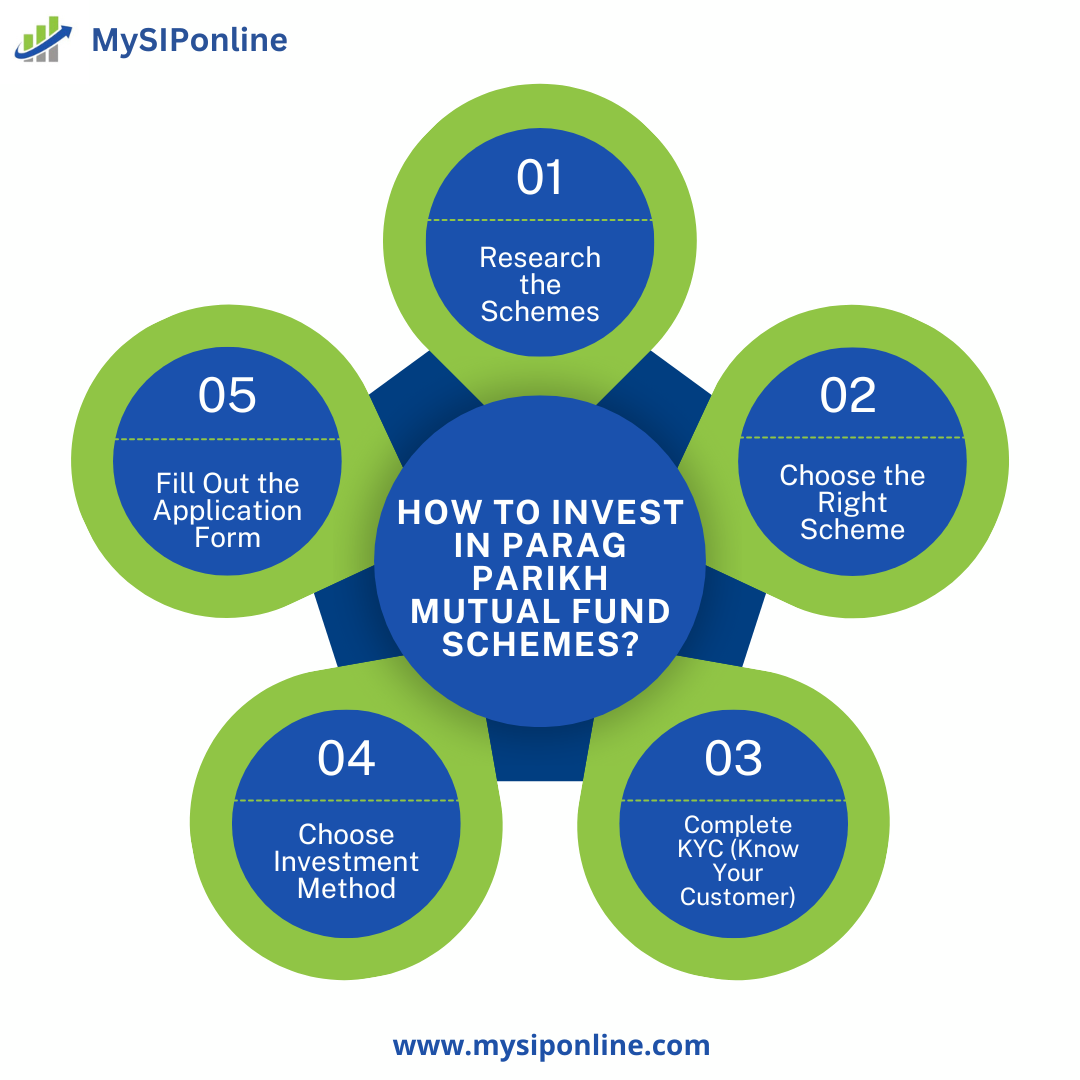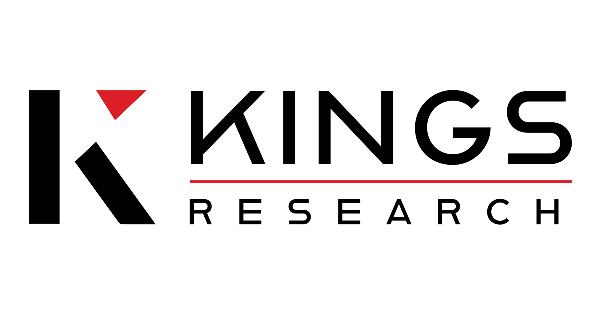
Investing.com -- In a note to clients on Monday, Bernstein analysts said the hyperscale cloud market remains on a strong, long-term growth path, with generative AI now taking center stage as the primary revenue driver.
The firm explained that it tracks key metrics across Amazon (NASDAQ:AMZN), Microsoft (NASDAQ:MSFT), Google (NASDAQ:GOOGL), Alibaba (NYSE:BABA), and Oracle (NYSE:ORCL).
Invest in Gold

American Hartford Gold: #1 Precious Metals Dealer in the Nation
Learn More
Priority Gold: Up to $15k in Free Silver + Zero Account Fees on Qualifying Purchase
Learn More
Thor Metals Group: Best Overall Gold IRA
Learn More Powered by Money.com - Yahoo may earn commission from the links above.Bernstein said that earlier concerns about cloud optimization and market saturation have faded.
“With Cloud optimization no longer a meaningful headwind to growth, Generative AI has become the big area of discussion,” wrote Bernstein.
The note emphasizes growing investor attention on capital expenditures and whether AI-related workloads are sticky and profitable enough to sustain momentum.
Among hyperscalers, Microsoft is said to stand out as the leader. Bernstein notes it is “leading the pack with slowing / flat CAPEX and accelerating AI and non-AI revenue growth,” raising the question of whether this reflects broader industry trends or company-specific strength.
Although capital expenditures are increasing across cloud service providers, most point to persistent “capacity constraints, namely tied to GPUs,” according to Bernstein.
To address this, the firm said hyperscalers are expanding their data center footprints and compute capacity.
Bernstein described the hyperscale cloud market as “the largest tangible market opportunity in Software / Cloud / Internet,” estimating the total addressable market at $1.3–1.5 trillion.
For Microsoft, the analysts noted that this quarter, Azure growth “accelerated to 35% CC growth and management is guiding meaningfully above prior expectations for next quarter (35% in CC and there is a 1% FX tailwind).”
“We like the setup for the stock going forward with CAPEX growth slowing, Azure showing strength in both traditional CPU and GPU revenue streams and Microsoft AI continuing to grow strongly,” added Bernstein.
For Oracle, Bernstein stated: “While Oracle’s IaaS/PaaS business (OCI Gen 2) generates far less revenue than the other hyperscale Cloud providers, it is showing consistent signs of gaining traction (and market share) not only within its traditional customer base but in the broader market and winning deals for non-Oracle workloads and at not traditionally Oracle customers.”
On Amazon, Bernstein said AWS growth “decelerated sequentially in Q1 to +17% Y/Y, while AI contribution continues to grow triple digits Y/Y from a relatively smaller base vs Azure.”
“Similar to their CSP peers, the company remains supply constrained on not only chips, but also motherboards and other components, which has put a near-term cap on topline growth despite strong demand indications,” they added.
Story ContinuesMeanwhile, Google was the first hyperscaler to report this season, and “delivered healthy Cloud growth of +28% Y/Y in Q1, with better than expected margins expanding ~25bps to 17.8%,” wrote Bernstein.
Finally, Alibaba “Alicloud revenue grew 17.7% year on year last quarter, while adjusted EBITA margin declined to 8.0% sequentially, compared to 9.0% and 9.9% in the Sep and Dec quarters.”
Bernstein added: “Alibaba management pointed to a multi-quarter period of acceleration for Alicloud, which should be logical given any new GPUs acquired after China’s Deepseek moment will have only arrived part-way through the June quarter.”
Related articles
How did the hyperscale clouds do in Q1 2025?
Street Calls of the Week
Trump’s Big Beautiful Bill poses risks for Indian exporters







![Lobster Market Growth: Key Factors Driving Expansion to USD [9.6 Billion] by {2029}](https://noticiasdecostarica.com/zb_users/upload/2025/07/20250714121902175246674235065.png)





